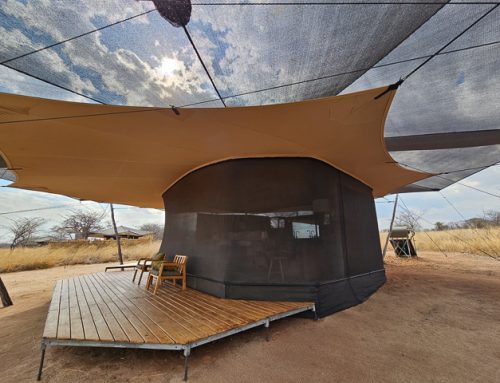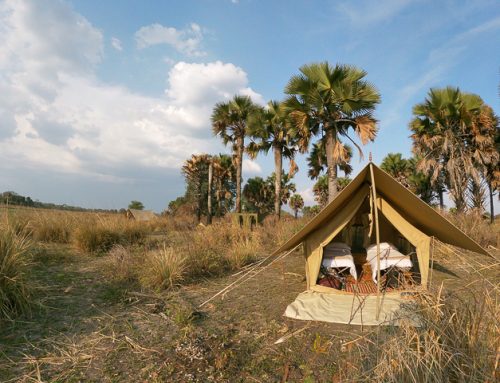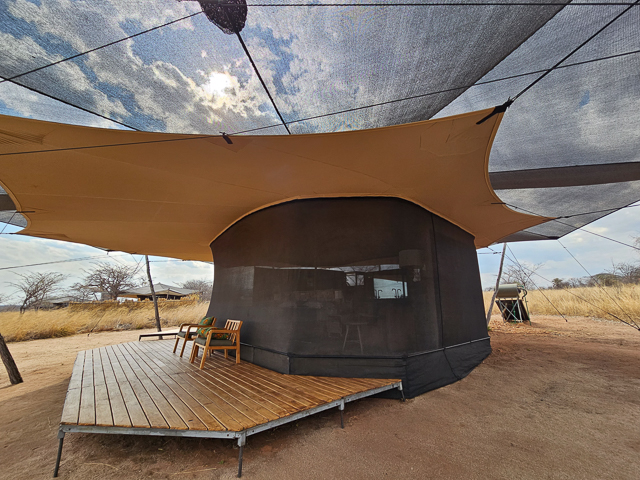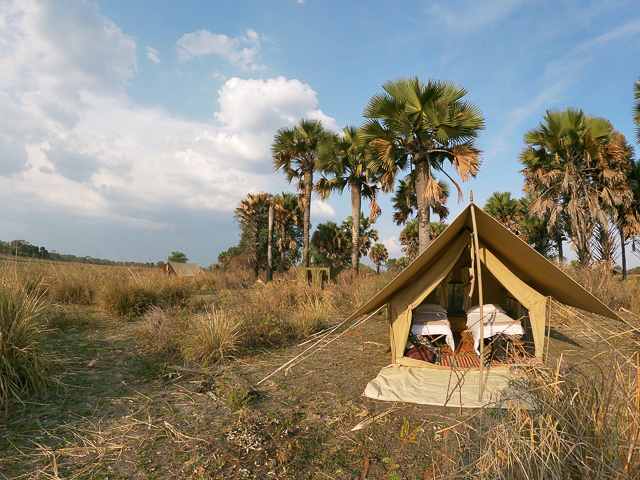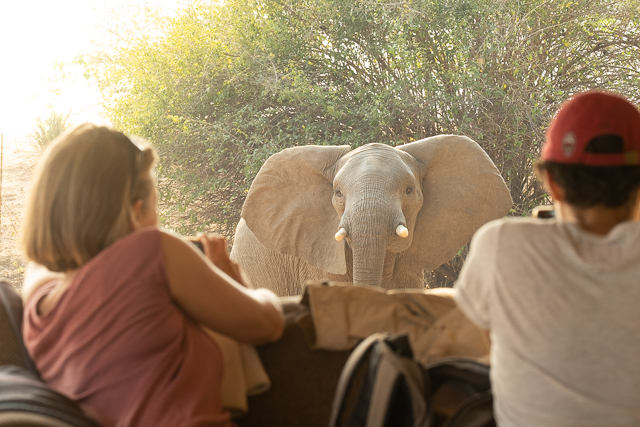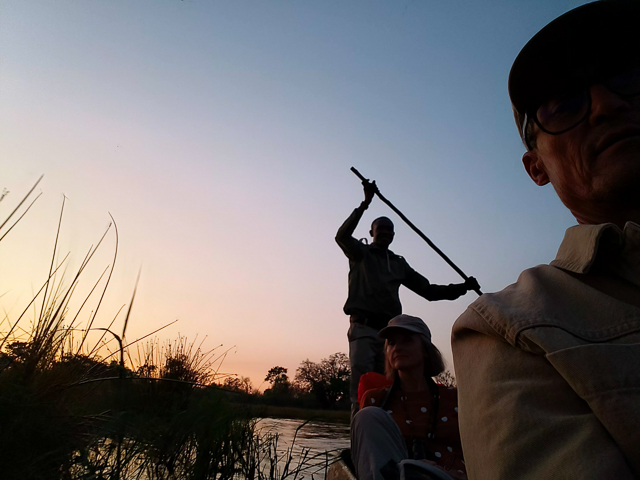Today is World Wildlife Day. Each year the United Nations chooses a different theme to highlight the threat to wildlife on our planet and raise awareness.
This year the theme is “The future of elephants is in our hands“. Sadly, this statement has never been more true.
I was born and brought up in Africa. When I was a child, living on the outskirts of Nairobi, giraffe would come and eat the flowers from the tree outside my bedroom window, and we had to keep a look out for warthogs when playing in the garden. We heard lions roaring at night, and some of our dogs met a sad end having been killed by leopards.
Christmas holidays often included a trip to my grandparents’ house on the coast, just north of Mombasa (a 500km / 300mi drive). At that age those journeys by road seemed to take forever (It took us 8-10 hours). We had a station wagon, and all three kids were bundled in the back where mattresses were laid. There were no seats or seat-belts! We used to stop half way for lunch and a swim in a swimming pool at Mtito Andei, where we would start to see lots of baobab trees, a sign of lower altitude and to us, of nearing the coast.
After Mtito Andei we always saw elephants crossing or approaching the road and this was an exciting part of our journey. Back then the last thing in my mind was that these majestic animals may be endangered, and that one day the sight of them crossing the road would be a rare thing!
Today many areas that I remember as a child that was ranchland or bush are unrecognisable, forming urban centres or being otherwise densely populated by humans.
It is estimated that last century there were from 3-5 million elephants in Africa. Now there are less than 500,000 in the wild. Habitat loss, mainly due to human population pressure, is the biggest threat to wildlife in Africa. However as elephants become increasingly rare, and the recent wealth of emerging Asian economies has meant that the market value of ivory has sky-rocketed, poaching is being attributed to huge losses.
People visiting the national parks in Africa are surprised how many elephants they see, and that they are in decline. When I was a child in Kenya and until recently in Tanzania most of the wildlife lived outside protected areas. Today protected areas are increasingly the only havens left for these animals.
Some of these areas are vast. The Selous Game Reserve in Tanzania is larger than Switzerland or half the size of the state of Kentucky. The cost of patrolling such immense areas is huge and of fencing prohibitive. Most protected areas do not yet support themselves.
Ironically as wild areas become more rare, and as safaris become increasingly more popular for those living in urban areas, including those living in India and China (an inevitable trend), revenue earned in future is likely to be considerably more than today. Perhaps one day these areas will become truly profitable for the governments and the local inhabitants?
Until that day arrives, these areas need all the help they can get. Tourism is key to providing revenue, employment and activity in remote areas, to counteract or limit poaching. But tourism alone will not save these areas from habitat destruction, encroachment and poaching. Some wild areas today depend on the generosity of committed organisations.
I apologise for the number of hyperlinks here, but in case you are interested in any of these here is a short list.
In Tanzania, the Frankfurt Zoological Society has supported the Serengeti since the 1960s, and they continue to do so, as well as supporting Mahale Mountains National Park and the Selous Game Reserve. They also support Gonarezhou National Park in Zimbabwe, Bale Mountains National Park in Ethiopia, and the North Luangwa National Park in Zambia. The Wildlife Conservation Society from New York supports many projects in Africa. So do the World Wide Fund for Nature (WWF), the TUSK Trust and the African Wildlife Foundation.
On a smaller scale there are specific regional projects such as the Gorongosa Restoration Project in Mozambique involving environmentalist Greg Carr, or the Laikipia Wildlife Forum, involving ranchers and environmentalists in northern Kenya, and the Tashinga Initiative overseen by Lynne Taylor, which supports projects in Zimbabwe. My brother, Damian Bell, started the Honeyguide Foundation, which now focuses on anti-poaching and community projects in northern Tanzania, and A Step Ahead guide Dave Christensen has been volunteering his time to help anti-poaching in Mana Pools National Park supported by the Tashinga Initiative.
So the good news is that there are lots of organisations and people trying their best to minimize the effects of Man on wildlife populations.
As the environmentalist Bernard Grzimek (who started the Frankfurt Zoological Society) once said – “It is better to light a candle than to curse the darkness“.
Justin


